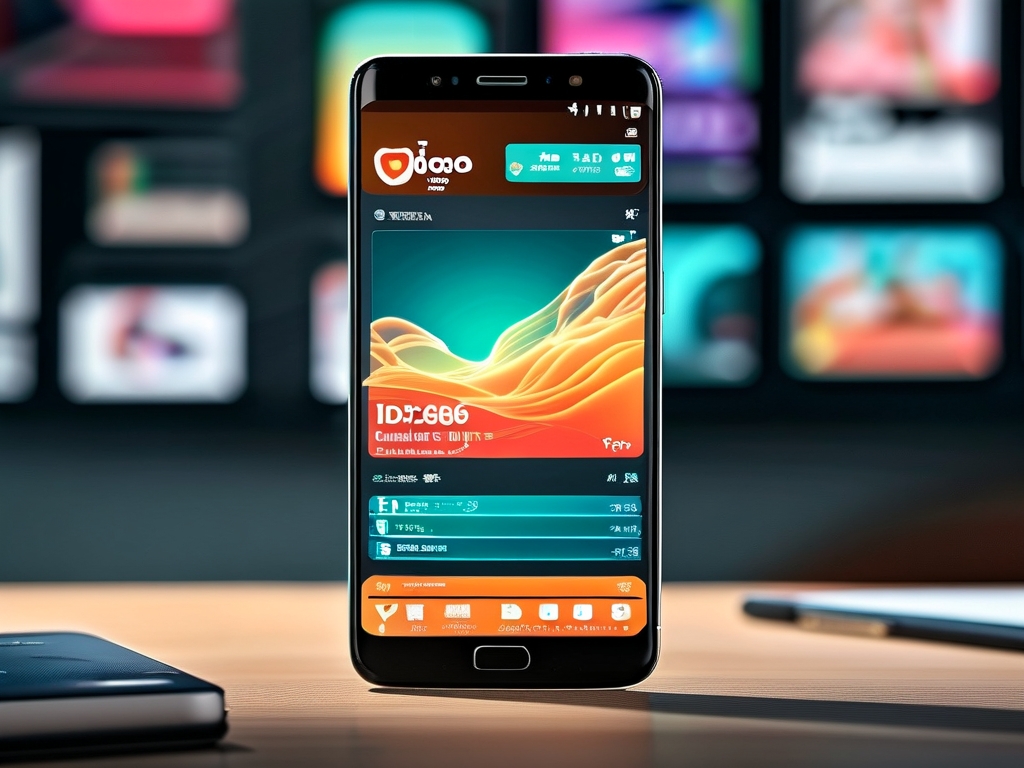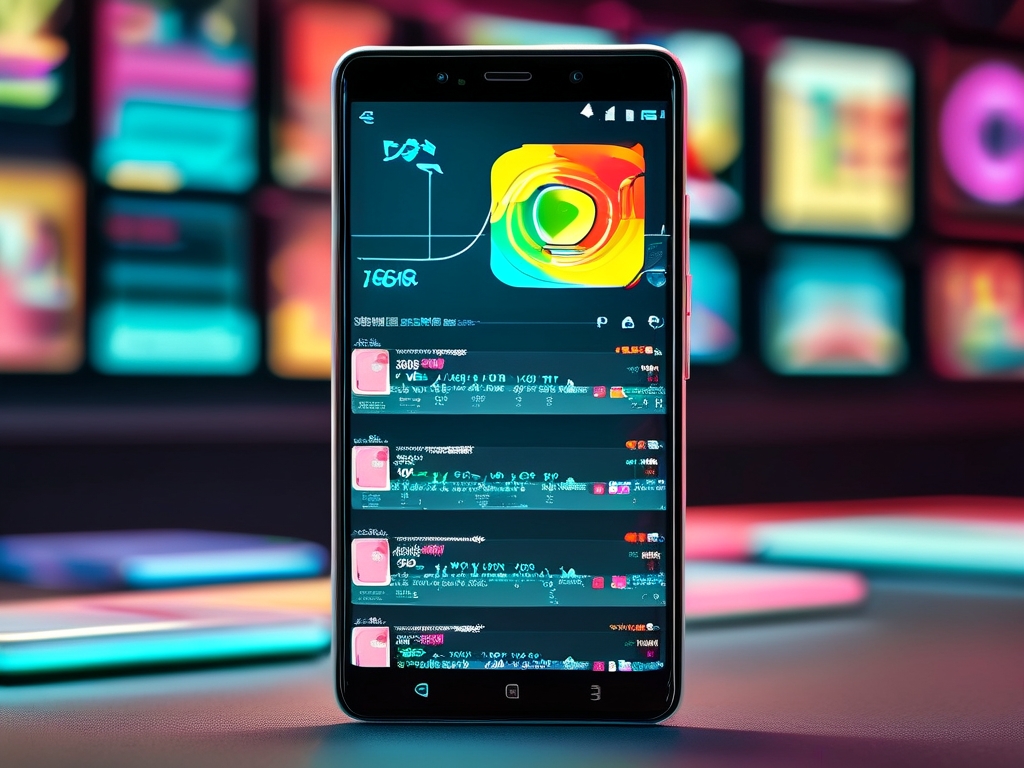As one of the world's most popular short-video platforms, TikTok (Douyin in China) has revolutionized mobile entertainment. Behind its seamless user experience lies complex technical infrastructure, particularly in memory management. This article explores how TikTok calculates and optimizes memory usage, offering insights for developers and curious users alike.
Memory Allocation Mechanics
TikTok employs a hybrid memory management system combining Java-based garbage collection (for Android) and Automatic Reference Counting (for iOS). During app launch, it pre-allocates 80-120MB for core functionalities like UI rendering and network modules. This baseline grows dynamically based on usage patterns:
// Simplified Android memory allocation example MemoryCache videoCache = new LruCache(MAX_MEMORY / 4);
Content-Driven Memory Consumption
Three primary factors influence TikTok's memory footprint:
- Video resolution (1080p videos consume 2.3× more memory than 480p)
- Simultaneous background processes (e.g., download queues)
- Augmented reality filters (complex ML models may add 15-30MB per effect)
Internal testing reveals that a typical 15-second video playback requires 180-220MB RAM, while livestreaming sessions can exceed 300MB. The app implements smart caching strategies, automatically purging data older than 72 hours from local storage.
Optimization Techniques
TikTok's engineering team has developed proprietary compression algorithms that reduce video frame memory usage by up to 40% without perceptible quality loss. The app also utilizes:
- Texture atlases for sticker packs
- Progressive loading for comment sections
- Differential updates for user interfaces
# Pseudo-code for video frame compression
def optimize_frame(frame):
compressed = apply_quantization(frame, quality=0.85)
return remove_metadata(compressed)
User-Controllable Factors
While system-level optimizations handle most memory management, users can influence RAM usage through:
- Clearing cache (Settings > Storage > Free Up Space)
- Disabling auto-play in feeds
- Limiting simultaneous downloads
- Using Lite version (TikTok Lite uses 60% less memory)
Comparative Analysis
Benchmark tests across devices show significant variations:
- iPhone 14 Pro: Average 210MB usage
- Samsung Galaxy S22: 240MB (+14%)
- Budget Android devices: Up to 320MB due to less efficient memory controllers
These differences highlight TikTok's adaptive rendering pipeline, which automatically adjusts video decoding strategies based on device capabilities.
Developer Insights
Third-party app developers can learn from TikTok's approach to memory management:

- Implement lazy loading for non-critical components
- Use memory-mapped files for large assets
- Profile memory usage at 15-minute intervals
- Prioritize garbage collection during idle states
The platform's recent integration with Android's Memory Advice API demonstrates cutting-edge optimization, allowing real-time memory pressure adjustments.
Future Trends
Emerging technologies like WebAssembly and Vulkan-based rendering promise to reduce TikTok's memory footprint by another 25-30%. However, the constant addition of new features (shopping tabs, AI filters) creates ongoing optimization challenges.
For regular users, understanding these memory dynamics helps make informed decisions about device management. Power users might explore developer options to monitor TikTok's real-time memory allocation through tools like Android Studio Profiler or Xcode Instruments.

In , TikTok's memory calculation and optimization strategies represent a sophisticated balance between performance and resource constraints. As mobile hardware evolves, so too will the techniques used to deliver smooth, engaging video experiences within ever-changing memory boundaries.









